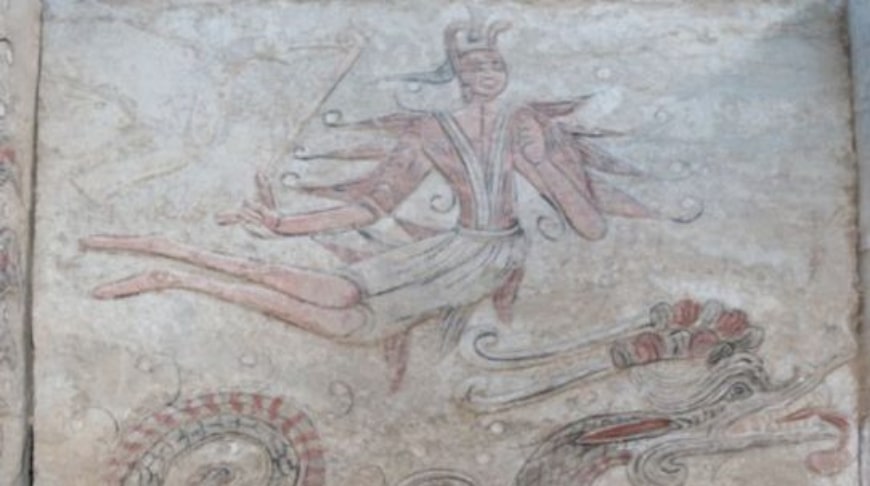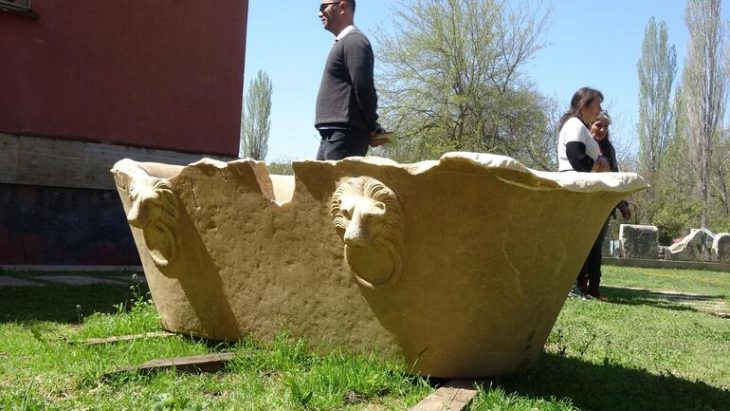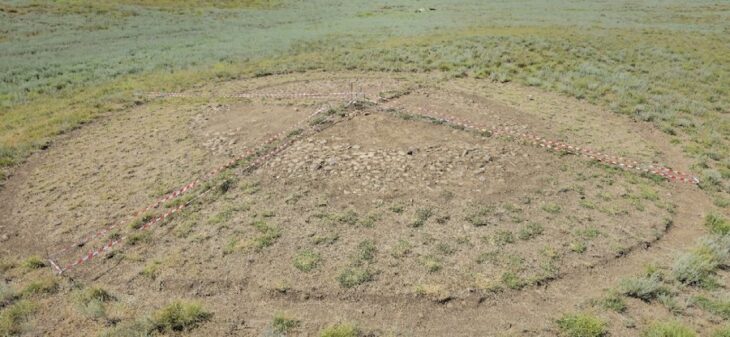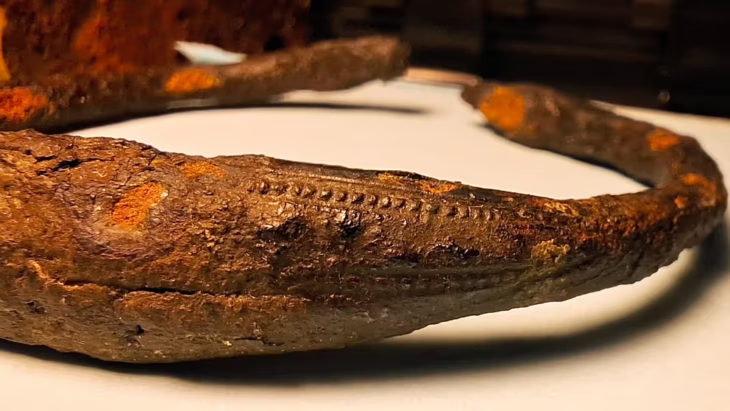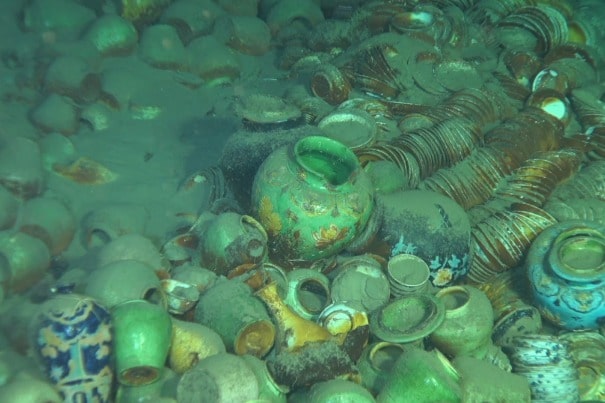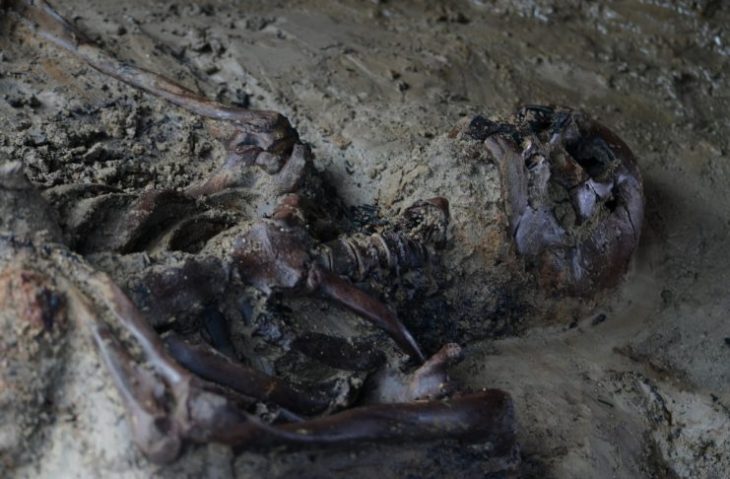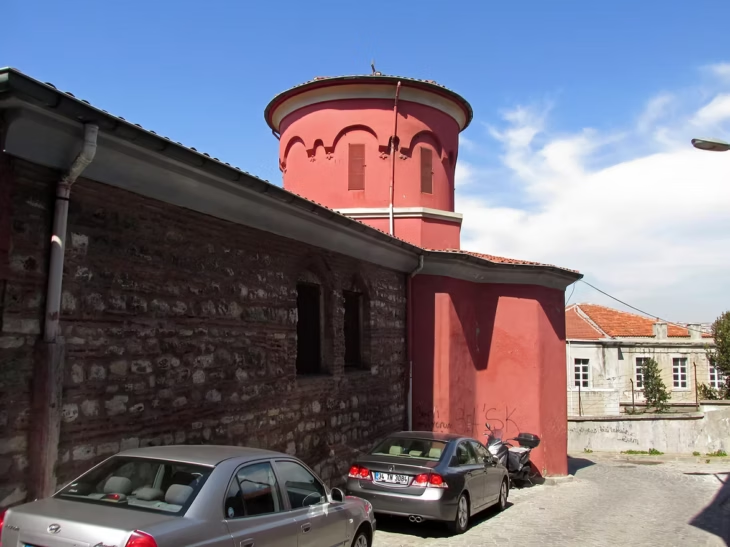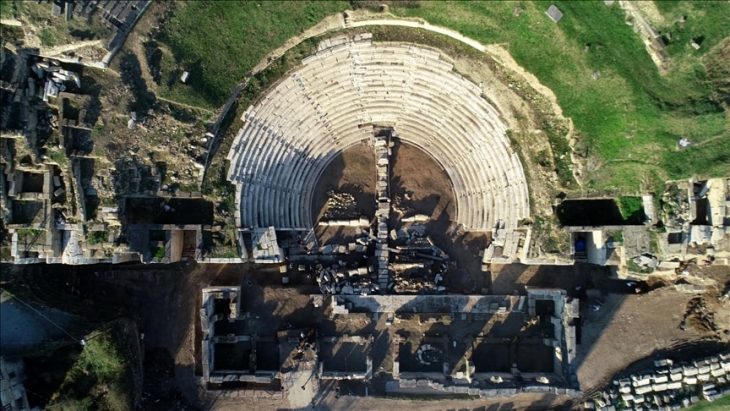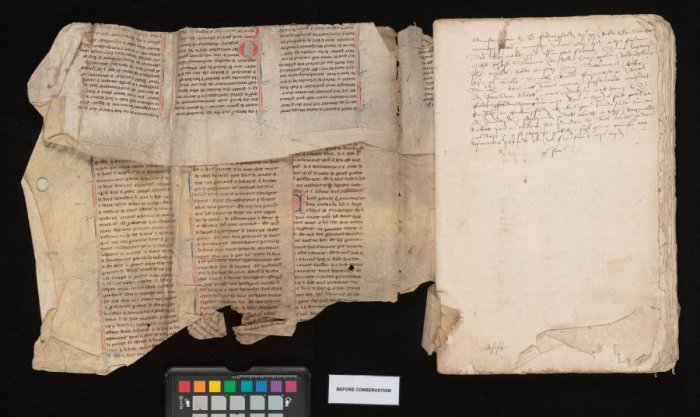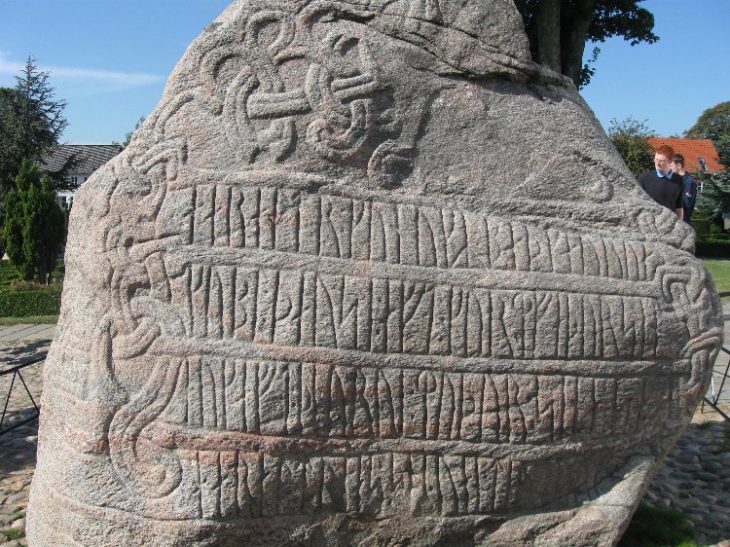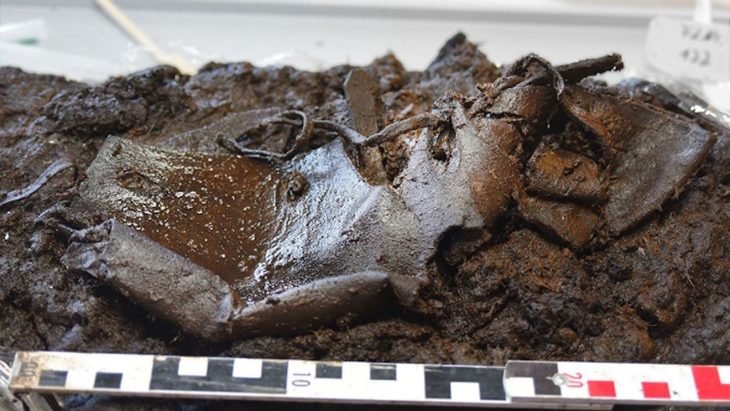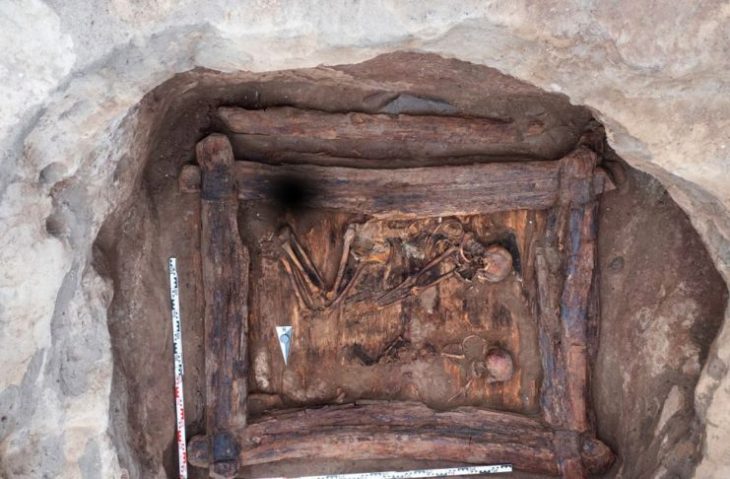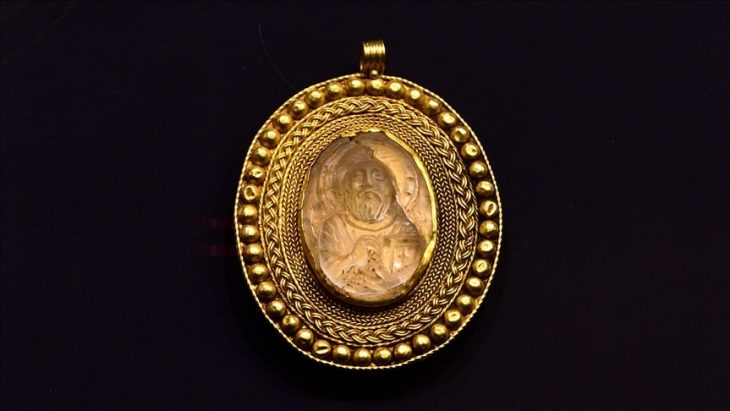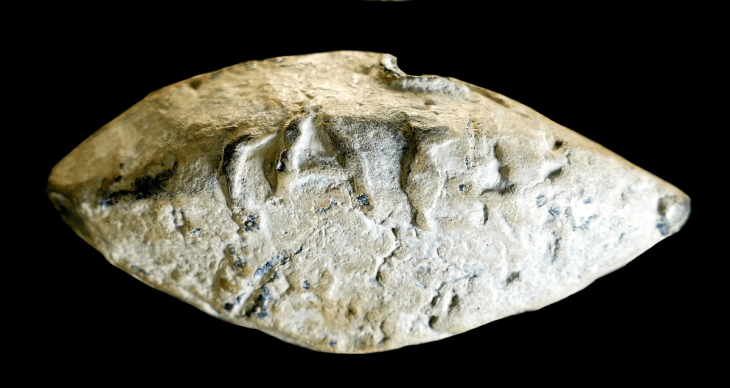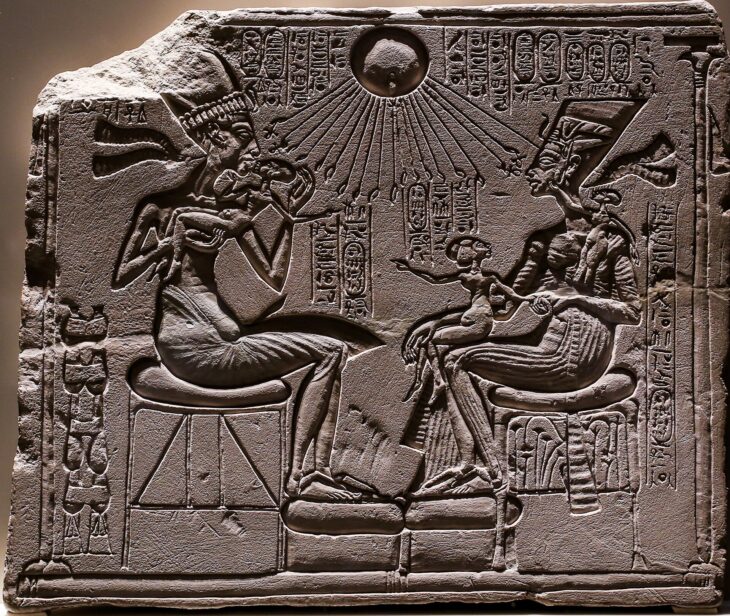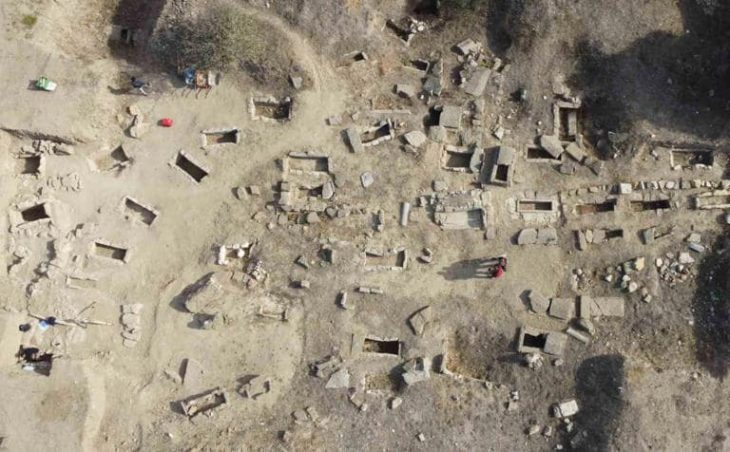Archaeologists have unearthed a tomb with a stone outer coffin dating back to the Northern Wei Dynasty (386-534) in north China’s Shanxi Province, local authorities have announced.
According to the latest research results issued by the Shanxi provincial institute of archaeology, the tomb, which is located in the city of Datong, features inscriptions on a column in the chamber showing the year of its creation to be 456, while its owner is named as Lyu Xu.
The outer coffin, or “Guo” in Chinese, is 1.8 meters long from north to south and 3.3 meters wide from east to west, reaching 1.9 meters high at its highest point.
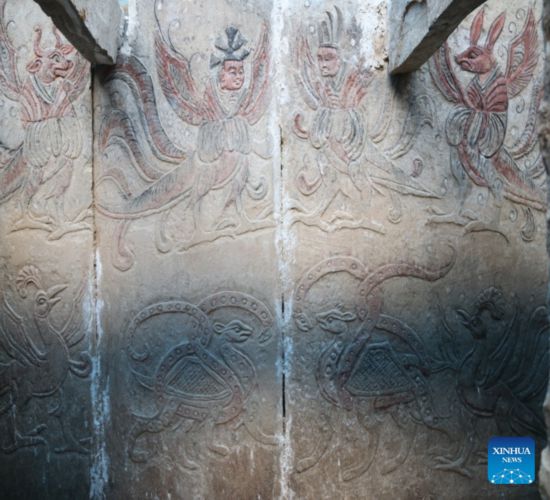
Due to robbery and water-seepage deposition in the chamber, no inner coffin, or “Guan” in Chinese, was found, and few relics were unearthed.
Experts noted that on the southern side of the outer coffin are carved images of two tomb-guarding warriors — dressed in exotic clothes, bare-chested and holding tridents.
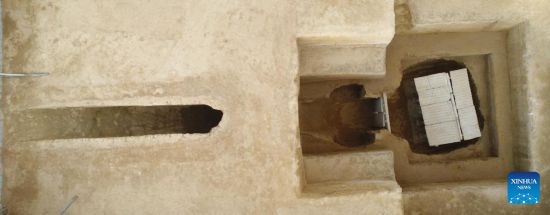
Zhang Zhizhong, director of the Datong institute of archaeology, said that the discovery of the tomb has provided new materials for the study of ethnic integration and cultural exchanges between China and the West.
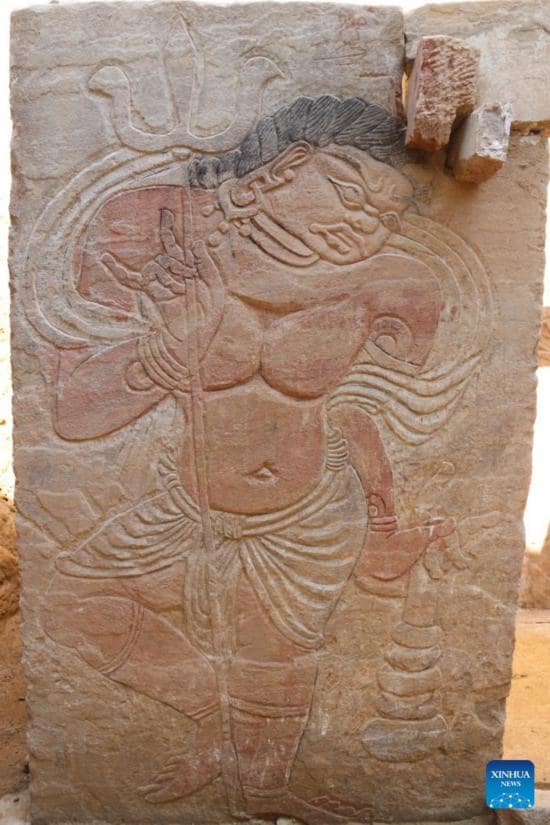
The period between 386 and 581 A.D. in Chinese history is conventionally called the Northern and Southern Dynasties, when North China—under the control of the Tuoba clan of the Xianbei tribe (a proto-Mongol people)—was politically separated from, yet culturally connected with, the Chinese dynasties established in Jiankang (Nanjing). The Northern Wei rulers were ardent supporters of Buddhism, a foreign religion utilized as a theocratic power for ideological and social control of the predominantly Chinese population.
Source: Xinhua

